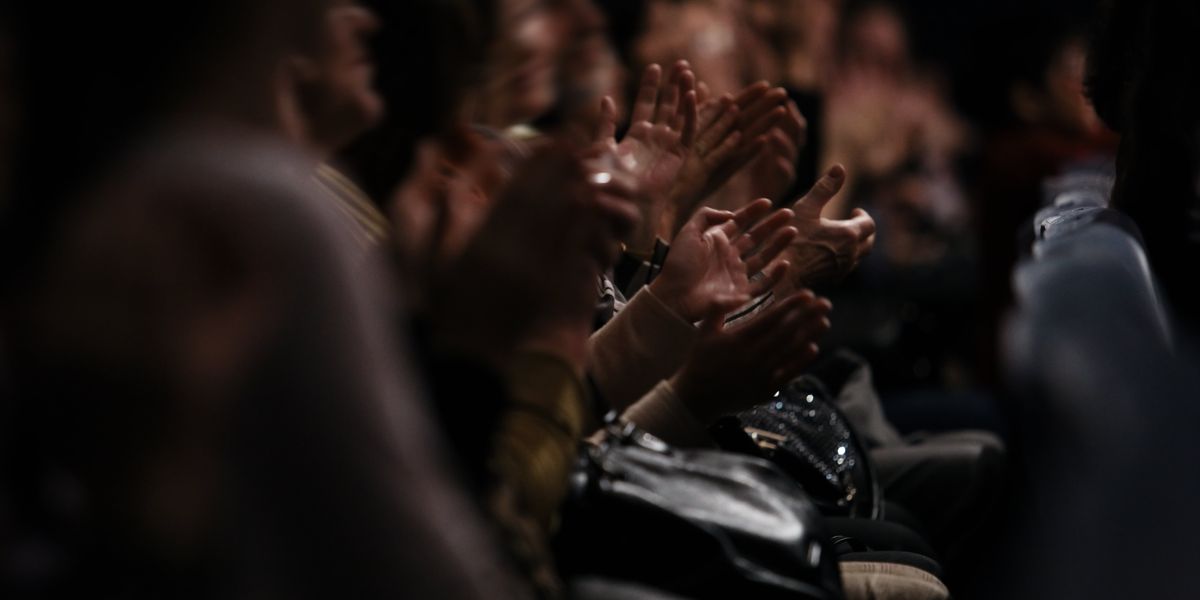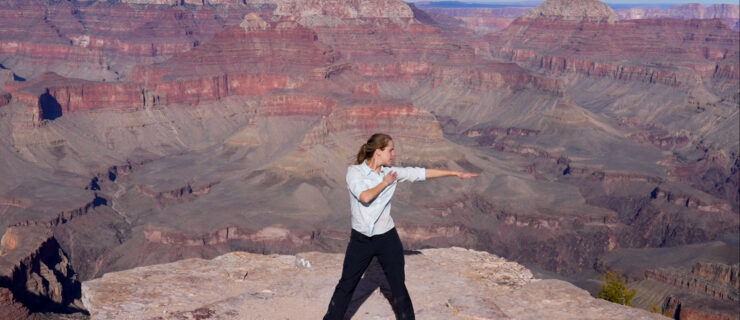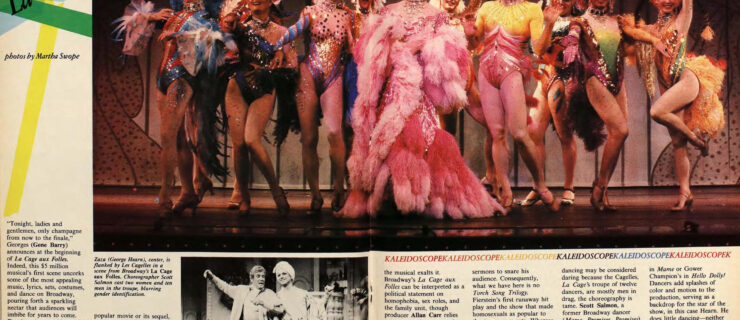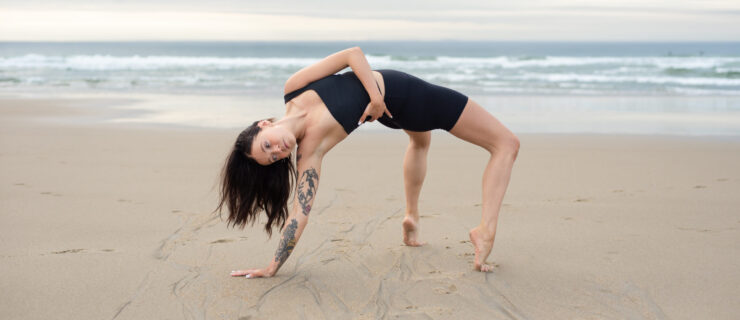Is Dance Too Insular? A Seasoned Critic on Why We Shouldn't Shun Outside Perspectives
When I first came to dance criticism in the 1970s, the professional critics were predominantly much older than me. I didn’t know them personally and, as the wide-eyed new kid on the block, I assumed most had little or no physical training in the art.
As slightly intimidated as I felt at the time—you try sitting around a conference room table with Dance Magazine heavy hitters like Tobi Tobias and David Vaughan—I smugly gave myself props for at least having had recent brushes with ballet, Graham, Duncan and Ailey and more substantial engagement with jazz and belly dance. Watching dancers onstage, I enjoyed memories of steps and moves I knew in my own bones. If the music was right, my shoulders would wriggle. I wasn’t just coolly judging things from my neck up.
Yet in my own way, as an amateur practitioner who took classes for fun and emotional healing rather than professional ambition, even I had a bit of an outsider eye. It’s this perspective—not so much the years-ago dance training still softly twitching in my sexagenarian muscles—that actually has given my dance writing its accessibility and often subversive kick.
It never felt right to me for dance to be an insular field where artists largely make work that rarely reaches beyond close colleagues who already understand and approve of it; where the language of choreographic theories, intentions and processes are elusive or esoteric to those not in the know. As a young critic, I longed to bring this gorgeous, powerful, transformative art to the people—not just the people immediately around the studio or the stage or the ivory tower of academia.
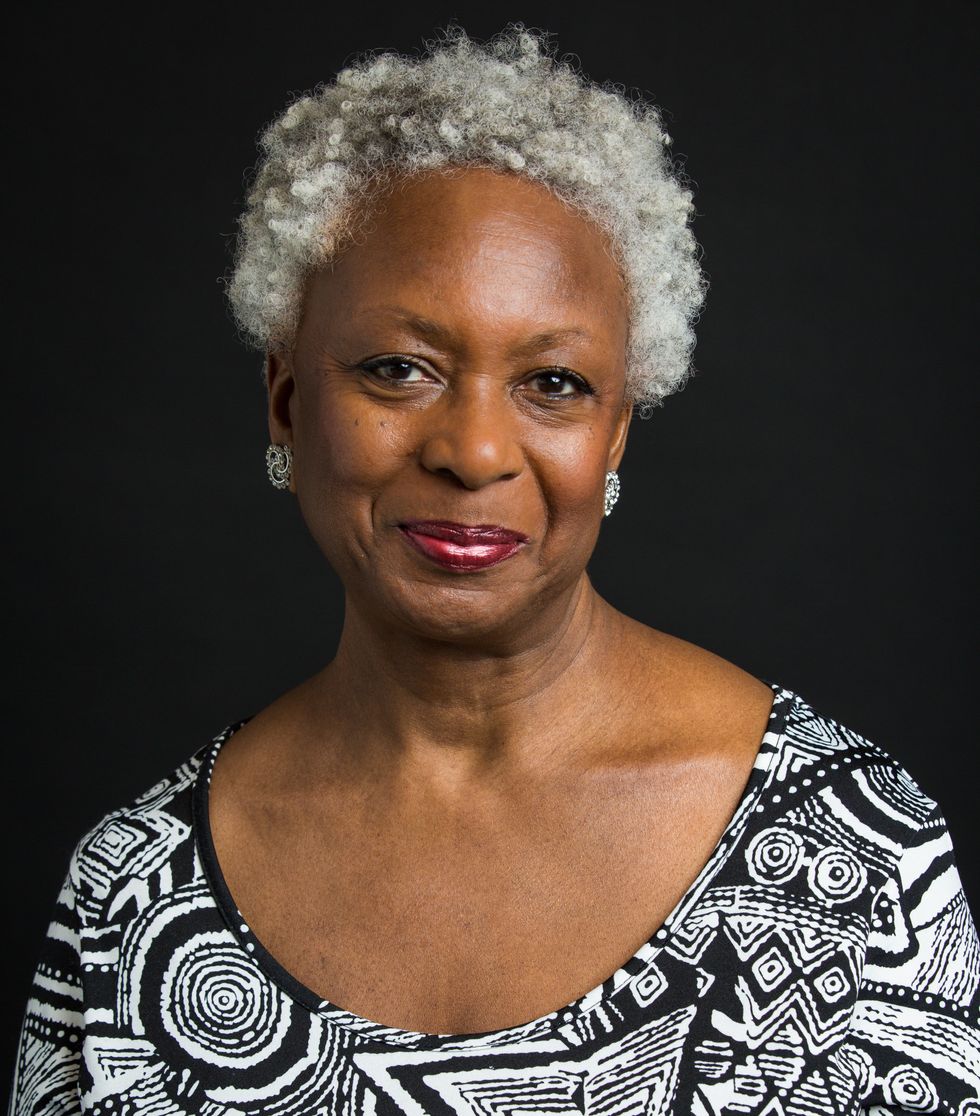 Scott Shaw, Courtesy Asantewaa
Scott Shaw, Courtesy Asantewaa
So now I say, Bring on the outsiders! The writers and journalists who can’t raise their legs to their ears but can ask a brand-new, real good question and keep asking until it gets answered with clarity. The dramaturgs who think deeply about the broader context of a work, about what lies on the farther shores of the world, and know how to bring fresh sensibilities and concerns inside the creative process. And, of course, all dancers—like the terrific Jerron Herman or Kayla Hamilton, both disabled artists—who rock bodies once considered ineffective and unappealing, inappropriate for dance. Bring all of it. Dance is a richer field when it lets the outside in.
Speaking of outsiders, it is still atypical for a writer of my race to devote a life to observing and writing about dance. (While I’m not the only black critic, I’m still one of the few—largely because it makes even less economic sense than it did back in the 1970s and ’80s.) With this, we circle back to another issue about outsider-hood. Can one claim the right to critique work—especially work rooted in particular cultures—made by artists not of one’s own culture? White critics sitting down in front of an Urban Bush Women show, for instance. Or, me watching, enjoying and then writing about classical dances of Japan or India.
It gets tricky for outsiders. But here’s the thing: Outsiders who never forget that they are just that; who show up ready to pay sensitive attention and humbly engage with the art; who experience and report with honesty and without self-importance can help bridge a gap between expert insiders and a world of people eager to learn something new, vital and exciting. Dance requires nothing less from us—that we let change in and let it move us.
